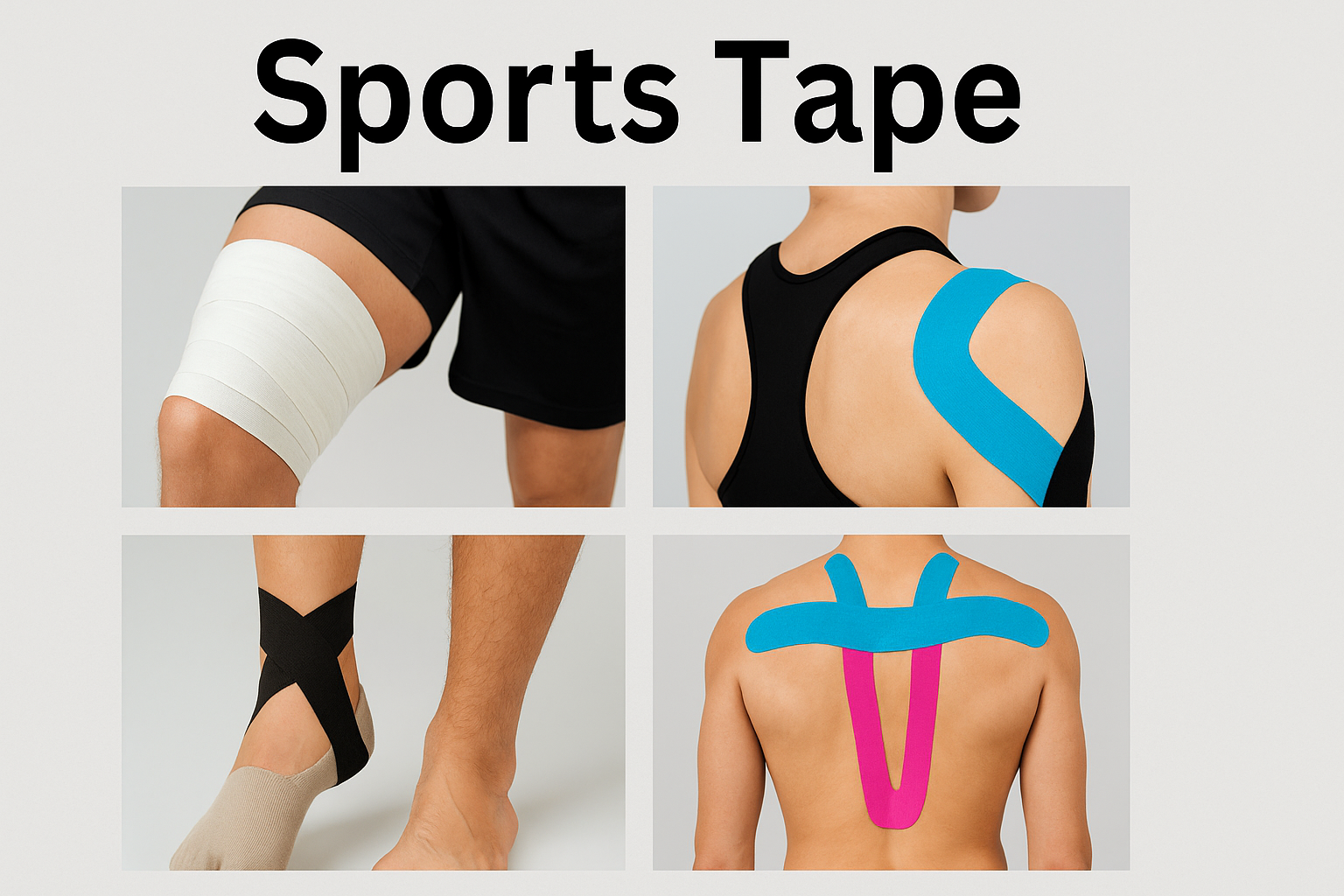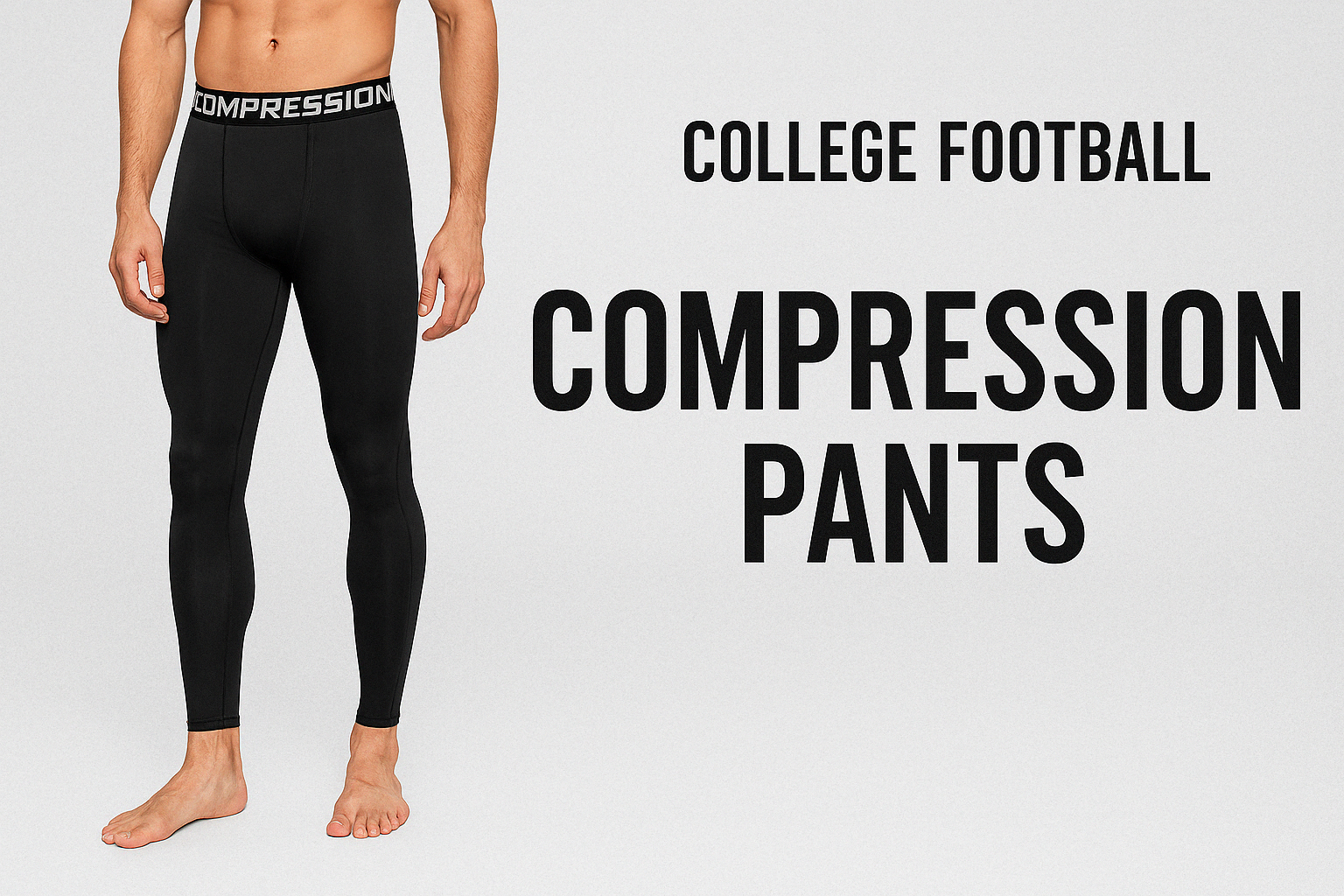Whether you’re recovering from an injury, aiming to improve performance, or looking for extra support during intense workouts, sports tape offers a flexible, cost-effective solution. From sports tape for knees to shoulder taping techniques, there’s a wide array of applications to explore.
In this guide, we’ll cover everything you need to know about sports tape: the different types, how it works, where to apply it, and even how to find sports tape near you.
What Does Sports Tape Do?
At its core, sports tape is used to stabilize joints and muscles without restricting movement. It offers several benefits:
- Reduces pain and inflammation
- Improves circulation
- Provides joint support
- Enhances proprioception (body awareness)
- Aids in injury prevention and recovery
Unlike rigid medical tape, elastic sports tape—like KT Sports Tape—is stretchy and mimics the elasticity of human skin, allowing for more natural movement.
Different Types of Sports Tape
When shopping for tape, it’s important to understand the various types available. Each is suited for different injuries or athletic needs.
1. Kinesiology Tape (KT Sports Tape)
- Elastic and flexible
- Popular among athletes for muscle support and circulation
- Available in various colors: black sports tape, blue, pink, and more
- Often used on the shoulder, back, and knees
2. Rigid Athletic Tape
- Offers maximum joint support
- Non-elastic and commonly white in color (white sports tape)
- Ideal for immobilizing joints during healing
3. Cohesive Bandage Tape
- Sticks to itself, not to skin
- Easy to remove and reposition
- Often used for compression or light support
Sports Tape Applications by Body Area
Sports Tape for Knees
The knee is a high-impact joint, especially in sports like basketball, football, or running. Taping can help with:
- Patellar tracking issues
- ACL or MCL strain
- Runner’s knee
How to apply:
- Use a “Y” or “I” shaped KT tape
- Begin just below the kneecap and follow the natural contours
- Add extra strips for lateral support
Sports Tape for Shoulders
How to apply:
- Use two strips of elastic sports tape
- Anchor one above the shoulder blade, and follow over the deltoid
- Ensure tape is smooth and tensioned lightly
Sports Tape for Ankles
Sprained ankles are common in field and court sports.
How to apply:
- Rigid white tape is often preferred
- Start below the ankle bone and wrap in a figure-eight pattern
- For added flexibility, use black KT tape in an X-shape
How to Apply Sports Tape Correctly
Applying sports tape is both a science and an art. If done incorrectly, it can restrict blood flow or reduce effectiveness.
Tips:
- Clean and dry the skin before application
- Round the tape edges to prevent peeling
- Avoid excessive stretching of the tape
- Rub the tape to activate the adhesive
If you’re unsure about your taping skills, consult a physiotherapist or watch tutorials from certified sports therapists.
Black vs. White Sports Tape: Is There a Difference?
Yes, but it’s more than just aesthetics.
- White Sports Tape is generally rigid and used for immobilizing joints
- Black Sports Tape is often elastic and favored for performance and visibility
- KT tape is available in many colors, but the color doesn’t change its function—it’s mostly for personal or team preference
Where to Find Sports Tape Near You
Wondering “where to find sports tape near me?” Here are a few options:
- Local pharmacies and drugstores (e.g., Walgreens, Boots, Dawaai.pk)
- Sports goods stores (e.g., Decathlon, Champion Sports)
- Online retailers (e.g., Amazon, Daraz, AliSports, Fastwell, MySportsTape)
Some popular and reliable brands include:
- KT Tape
- RockTape
- Mueller
- Theraband
- KActive
Benefits of Using Elastic Sports Tape
Elastic sports tape (like KT Tape) goes beyond injury recovery—it helps optimize athletic performance too.
Why athletes love it:
- Maintains mobility while still offering support
- Reduces fatigue during long sessions
- Promotes faster healing through lymphatic drainage
DIY vs. Professional Application
While it’s tempting to apply tape yourself using online guides, some injuries or applications—like complex shoulder taping—are best left to the pros.
You can:
- Visit a physiotherapist for evaluation and taping
- Take a taping workshop
- Follow verified YouTube channels or brand guides (e.g., KT Tape official tutorials)
Myths About Sports Tape
1. It only works if it hurts.
False! Taping can be used preventively, not just when you’re injured.
2. Tighter means better.
Nope. Over-tightening can cause more harm than good. Proper tension is key.
3. It’s just a placebo.
While debate continues in the scientific world, many studies show measurable benefits—especially in reducing pain and improving function.
Safety & Precautions
- Always test a small patch of tape first to check for allergies
- Avoid broken or irritated skin
- Don’t reuse old tape—it’s less effective
- If pain worsens, remove the tape and consult a medical professional
Conclusion
Whether you’re a weekend warrior, elite athlete, or someone recovering from an injury, sports tape is an accessible and versatile tool. From sports tape for knees and ankles to KT tape for shoulder support, the right application can boost performance and aid recovery in a big way.
Now that you’re equipped with everything you need to know—what are you waiting for? Try it out, tape smartly, and play confidently.










 Age-Appropriateness
Age-Appropriateness Adjustable Straps and Bands
Adjustable Straps and Bands Front and Back Closures
Front and Back Closures Breathable Materials
Breathable Materials Jockey Pick: Jockey® Zip Front Medium Impact Bra
Jockey Pick: Jockey® Zip Front Medium Impact Bra Back Support Panels
Back Support Panels Muscle Support
Muscle Support Ideal for Daily Wear
Ideal for Daily Wear For Entrepreneurs
For Entrepreneurs For Freelancers
For Freelancers For SEO Agencies
For SEO Agencies Nike Compression Pants
Nike Compression Pants Men’s Compression Pants
Men’s Compression Pants Compression Pants for Women
Compression Pants for Women